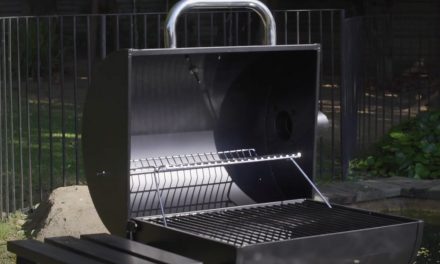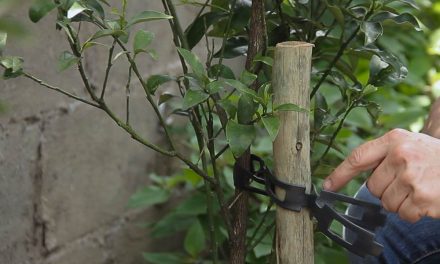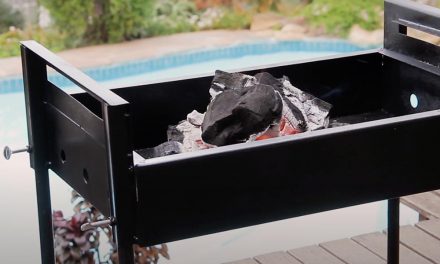Long-lasting summer colour often comes from adding seedlings in any space available and watching them grow and bloom.
Seedlings are an excellent way to add pops of colour into a garden, and they can be staggered throughout the summer for a new look every month. You can also sow seed directly into the garden or into trays. Stagger (succession sow) these over summer for a longer flowering season.
What to plant
The choice in summer is bright and colourful. These are just some of the seedlings you will find in the nursery to plant out:
- Portulaca is a sun-loving succulent that carpets the ground with vibrant, jewel-like blooms throughout the summer.
- Zinnias come in a range of rainbow colours with long-lasting blooms. These are easy-to-grow annuals that attract butterflies to the garden.
- Marigolds are bright and sunny yellow and orange with excellent pest-repelling power. They are hardy and love plenty of sun.
- Hollyhocks are the grand ladies of the back of the flower border, with large colourful blooms all along the stems.
- Begonias love a bit of shade and do well indoors or in garden beds and containers. They have lush foliage with vibrant flowers in various colours.
- Torenia is also a shade-loving plant with delicate, trumpet-shaped flowers in shades of purple, blue, pink, and yellow.
- Impatiens are available in bright and pastel colours with a profusion of soft blooms. There are varieties for sun and shade.
- Coleus is known for its striking foliage in vibrant multicoloured patterns. They do well in dappled shade, adding colour and brightness.
- Petunias are popular, sun-loving annuals that spill over beds, baskets, and containers with a cascade of colourful, trumpet-shaped blooms.
Planting seedlings
- Water the trays of seedlings a few hours before planting to help with transplant shock.
- Prepare the soil by loosening it and adding compost, bonemeal, or superphosphate, a handful of slow-release fertiliser or root builder, and then raking it in.
- Remove the seedlings by gently pressing up from the bottom of the tray, rather than pulling them from the top.
- Gently tease the roots before planting, dig a hole with a hand spade, add the seedling, keeping them at the same depth as they were in the tray and press firmly around the seedlings to get rid of any air pockets.
- Water well afterwards. A watering can with a rose attachment is best for watering seedlings to avoid washing them out of the soil.
After care
Water seedlings regularly until well established. Many of the seeds and seedlings on the list will be drought-tolerant once grown a bit, but they should always be watered in hot weather to keep them from being stressed. Stressed plants invite pests and diseases.
To keep slugs and snails from eating the very tasty new growth on a seedling, use a preventative formula, barrier or trap close to the plants.
A mulch of good compost is a good way to provide nutrients to seedlings, which also saves water and keeps weeds down.
Feed your seedlings every couple of weeks with a liquid plant food, or use an organic fertiliser or specially formulated fertiliser for fruit and flowers or a seedling food that will not burn the plants.
Summer colour starts with a trip to a Builders store, or you can shop online at builders.co.za.


















